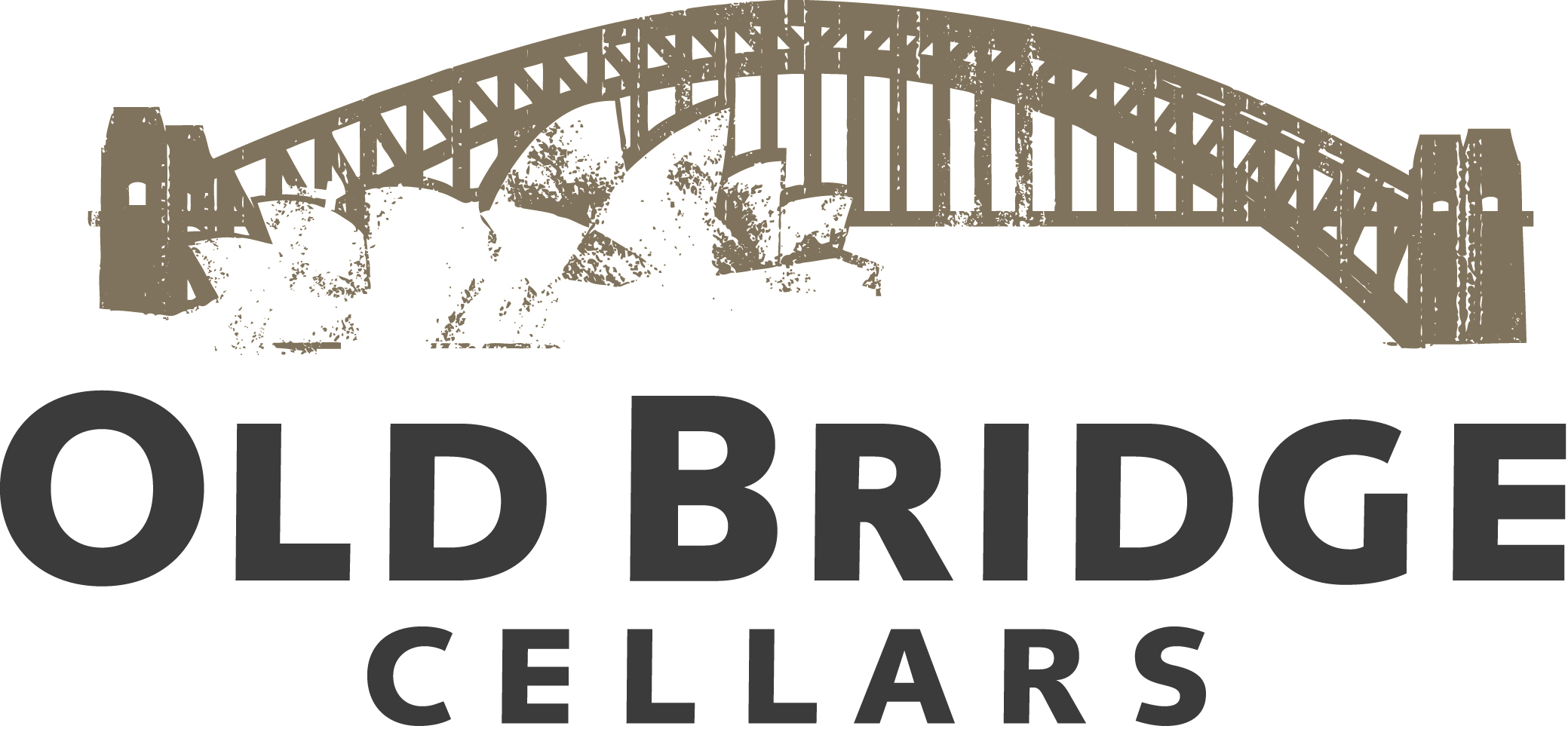To Yeast or Not to Yeast
Wine & Spirits
Fall 2014
by Joshua Greene
You are never alone. You are, perhaps the only human on your person, but not the only living beast. Trillions of creatures live with you, a congregation in your gut, a community in your hair, on your skin, in your mouth. Where there is life, there is a lot of life.
As doctors study the intricate complexities of our individual microbiomes, biologists study the yeast that live in wine, on a vine, in vineyard soil, on the hands of a harvester, in the bin, at the crushpad, in the wood of the cellar walls, in a barrel from Seguin Moreau, in a package of yeast supplied by Lallemand.
Some of these single-cell creatures eat sugar and turn it into alcohol; others digest sugar and spit out glycerol. Still others dump their foul-smelling excrement into the fruit juice we’d hoped to drink, making it palatable only to their brethren in the soil or down the drain.
The yeast we select to ferment our wine do it completely, efficiently, often quickly, rarely with funk. Their selection, propagation, distribution and inoculation into the juice of grapes make modern wine more consistent and reliable in quality than ever before.
Why, then, would you ever choose to buy a wine made without added yeast? Many producers, focused on the unadorned transformation of grapes from the vine to a bottled wine, consider “re-yeasting” a manipulation that obscures the expression of their terroir. Introducing yeast that have been selected for their proficient conversion of sugar to alcohol would overtake the community of creatures that thrive in their particular place, one that developed during a specific season, replacing that diversity with a generic monoculture. If life in the vineyard and the winery is terroir, then adding yeast is terroiricide.
Others take a more pragmatic approach, curious to show the differences between wines produced from the same fruit with and without added yeast. You could call the ambient yeast version the b-side.
We convened a panel, including Christopher Tracy of Channing Daughters Winery on Long Island’s North Fork, Lisa Granik, MW, of Tastingworks, and Tara Q. Thomas, Executive Editor of Wine & Spirits, to consider the question: what do you get when you purchase a wine labeled “Native Yeast,” “Wild Ferment,” or any number of variations of the theme of ambient yeast?
